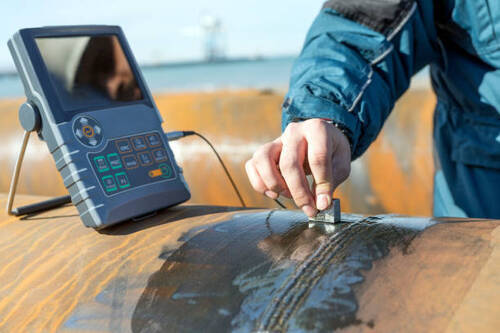Ultrasonic Testing Company
Are you searching for an Ultrasonic Testing Company in Australia? Your search ends here! Businessetu showcases a variety of top Ultrasonic Testing Companies from India, linking you with renowned service providers recognized for their exceptional quality and competitive rates. With cutting-edge technology and proficient professionals, Indian Ultrasonic Testing Companies deliver precise and reliable testing services for various industries. India's strengthened trade policies and close ties with Australia streamline the testing process, ensuring efficiency and convenience. Whether you require ultrasonic testing for welds, materials, or components, our platform offers comprehensive options for Ultrasonic Testing Services. Explore the advantages of partnering with India for your ultrasonic testing needs and connect with trusted service providers today to ensure the integrity and safety of your products.

Specification of Ultrasonic Testing
| Specification | Details |
|---|---|
| Service Name | Ultrasonic Testing |
| Testing Method | Ultrasonic Inspection |
| Equipment | Ultrasonic Testing Machines, Probes, Transducers |
| Testing Standards | ASTM E213, ASTM E114, ASME V, API 5L, ISO 3183, IS 13805, etc. |
| Materials Tested | Metals (Steel, Aluminum, Copper, etc.), Plastics, Composites, Ceramics, etc. |
| Techniques | Pulse-Echo, Through-Transmission, Phased Array, Time-of-Flight Diffraction (TOFD), Guided Wave, Shear Wave, Longitudinal Wave, etc. |
| Reporting | Detailed test reports with ultrasonic waveforms, images, and analysis |
| Accreditation | NABL Accredited Laboratories, ISO 17025 Certification |
| Turnaround Time | Quick turnaround time for testing and reporting |
| Custom Testing | Customized testing services available upon request |
| Industries Served | Oil and Gas, Petrochemical, Power Generation, Aerospace, Automotive, Construction, Manufacturing, etc. |
| Compliance | Compliance with relevant industry standards and regulations |